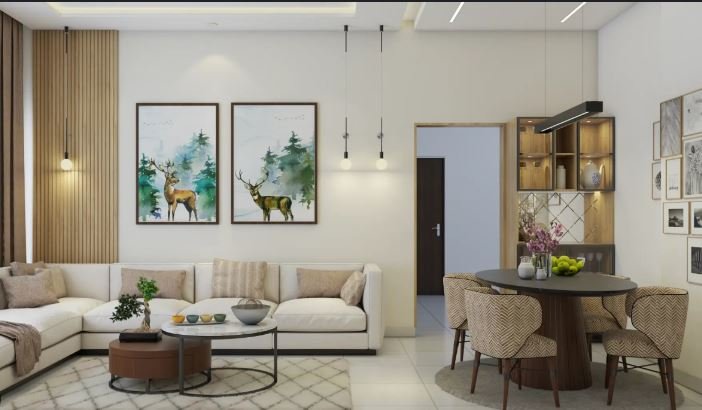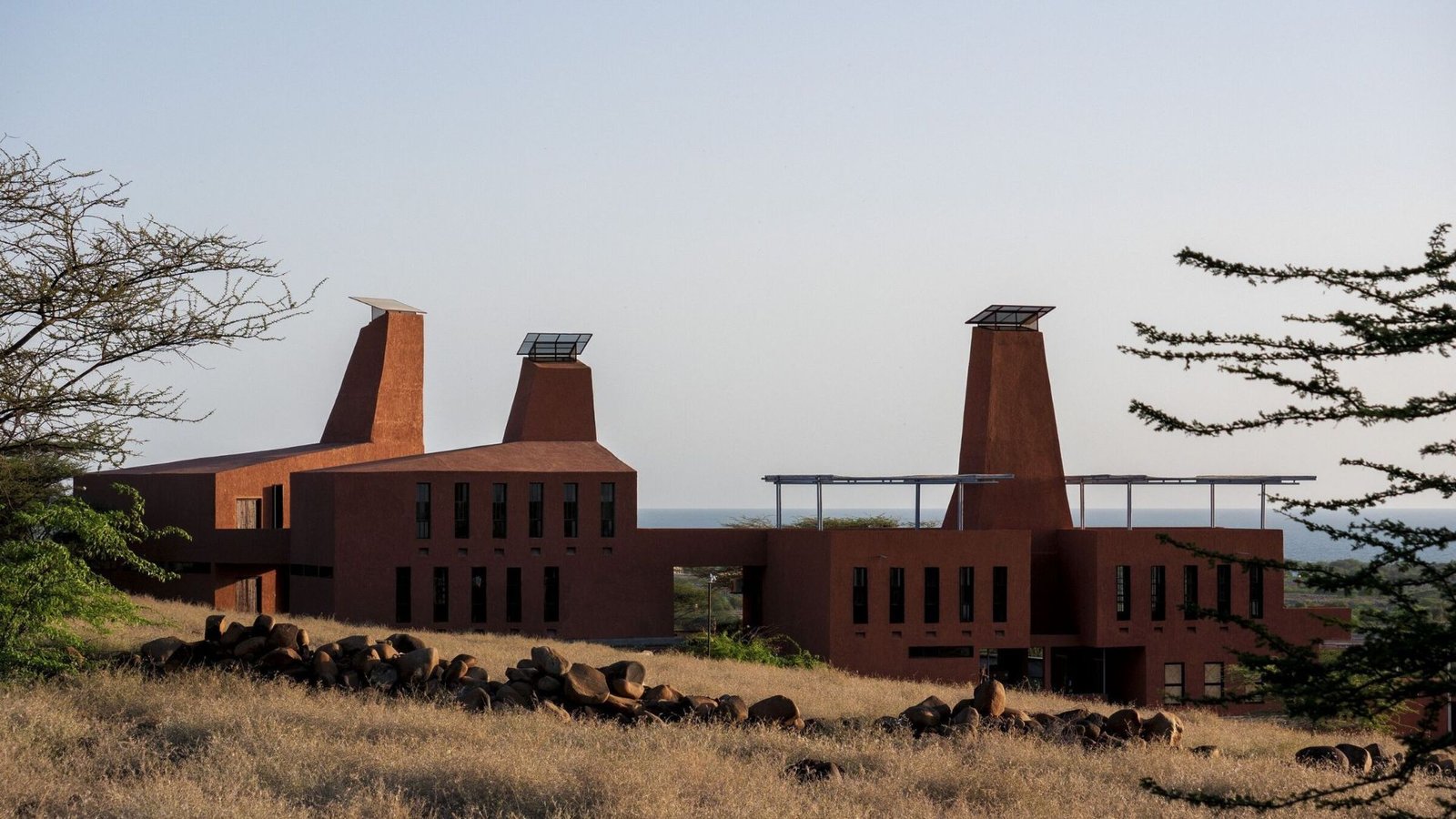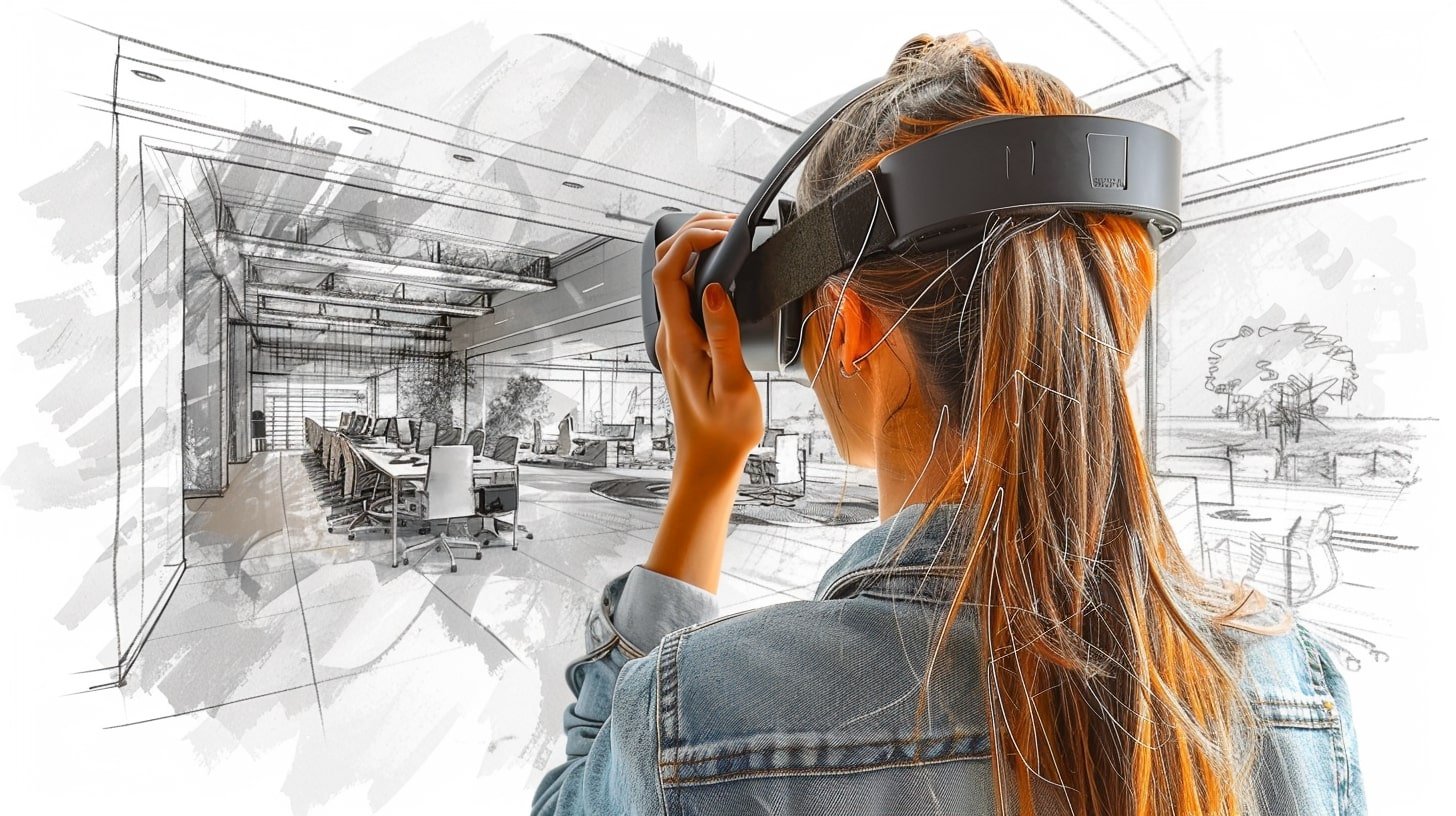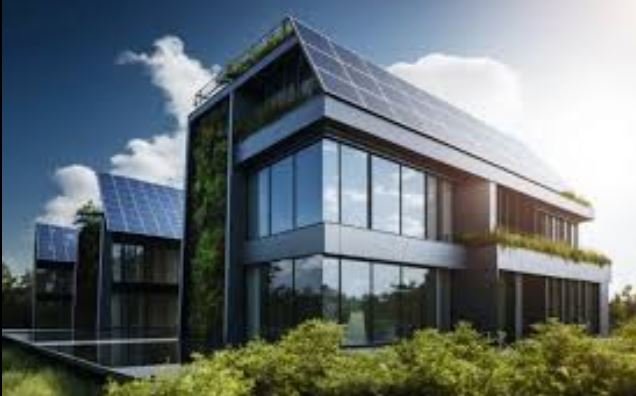Tech Integration and Smart Homes
Smart homes leverage advanced technologies to automate and control household functions, enhancing convenience, energy efficiency, and security. This article explores the integration of technology in modern homes, transforming daily living experiences. Components of a Smart Home System Home Automation Devices Smart home devices include voice-activated assistants (e.g., Amazon Alexa, Google Assistant), smart thermostats, lighting controls,










